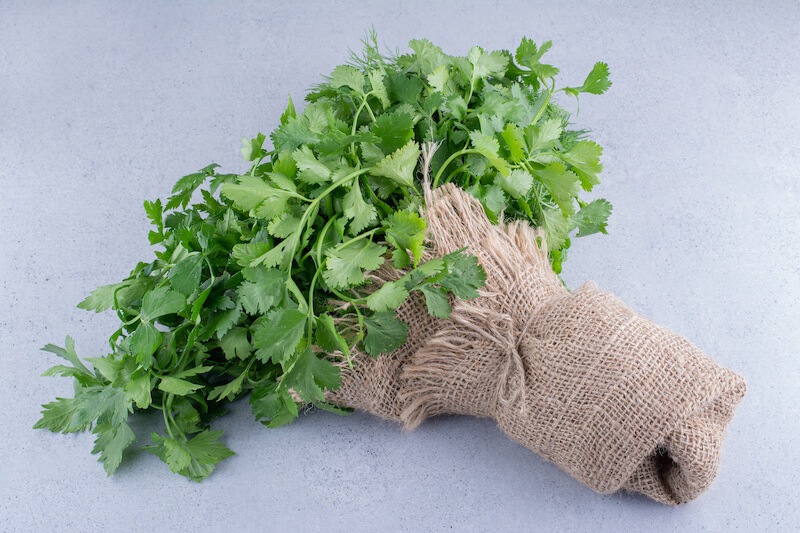When it comes to nutrition, vegetables hold significant importance. Among them, cabbage stands out for its numerous health benefits. More than just a simple vegetable, it serves as a fantastic ally for your health, packed with vitamins, minerals, and antioxidants.
Often overlooked on our tables, cabbage deserves our full attention due to its incredible health advantages. Whether green, red, curly, or another variety, cabbage goes beyond being a mere vegetable: it is a true nutritional gem. Here’s why.
Not “a cabbage,” but “cabbages”
Cabbage comes in hundreds of species, each with unique traits. The most common types include green cabbage, red cabbage, curly cabbage, and many more. Each variety reveals distinct characteristics in flavor, texture, and color, providing culinary enthusiasts with an endless array of options.
Green cabbage, for instance, is the most widely consumed and prized for its versatility. It can be used in fresh salads, stir-fries, soups, or even fermented into sauerkraut—a source of beneficial probiotics for digestion.
Red cabbage, on the other hand, is noted for its vibrant hue and slightly sweet taste. It’s often added raw to salads for a pop of color and crunch.
Curly cabbage, with its ruffled leaves and robust texture, has gained popularity in recent years due to its nutrient density. It is frequently transformed into crispy kale chips or blended into green smoothies for a boost of nutrition.
What is the nutritional composition of cabbage?
Cabbage is a treasure trove of essential nutrients. It is particularly rich in vitamins and minerals crucial for our health. Vitamin C, known for boosting the immune system, and vitamin K, which aids in blood coagulation, are abundant in cabbage. Additionally, this vegetable is an excellent source of minerals like calcium and potassium, which support bone health and help regulate blood pressure.
Remarkably, cabbage is one of the few vegetables that becomes even more nutritious when cooked. Steaming cabbage, for example, enhances its levels of essential nutrients such as vitamin C and antioxidant compounds. Fermentation, as seen with sauerkraut, is another way to amplify the benefits of cabbage!
A noteworthy feature of cabbage is its high fiber content. Dietary fiber is vital for healthy digestion and can assist in weight management by promoting a sense of fullness. It also plays a crucial role in maintaining stable blood sugar levels.
Cabbage: A Wealth of Health Benefits
Regularly incorporating cabbage into your diet is linked to a plethora of health advantages. One of its key properties is its high antioxidant content. Antioxidants help protect body cells, thereby reducing the risk of chronic diseases.
Cabbage may also play a vital role in the prevention of certain illnesses. Research has shown that regular consumption is associated with a decreased risk of cancer, particularly certain types of colon and breast cancer. Furthermore, thanks to its vitamin K content, cabbage supports bone health and may reduce the risk of osteoporosis.
How to Incorporate Cabbage into Your Diet?
Now that we’ve explored the health benefits of cabbage, let’s discuss how to integrate it into your daily meals. Here are some practical tips to make the most of this nutritious vegetable:
- Creative salads: Cabbage is an excellent addition to salads. You can enjoy it raw in thin strips or mix it with other colorful vegetables for a burst of flavors.
- Soups and stews: Add cabbage to your soups and stews for a pleasant texture and a nutritional boost.
- Stir-fries: Cabbage can be quickly sautéed with other vegetables to create a tasty and healthy dish.
- Stuffed cabbage: Try making stuffed cabbage recipes, using the leaves to wrap a delicious filling.
- Green smoothies: Including cabbage in your green smoothies is a great way to benefit from its properties, especially for those who are not fond of its flavor.
By creatively integrating cabbage into your meals, you can enhance your overall well-being while enjoying delicious dishes.
NOTE
In some cultures, cabbage has been utilized for centuries to alleviate various ailments. For example, in Eastern Europe, it was common to place warm, fresh cabbage leaves on painful body areas to relieve muscle pain, sprains, and backaches. This practice, known as a “cabbage compress,” is still used today by some individuals for its purported soothing effects.







